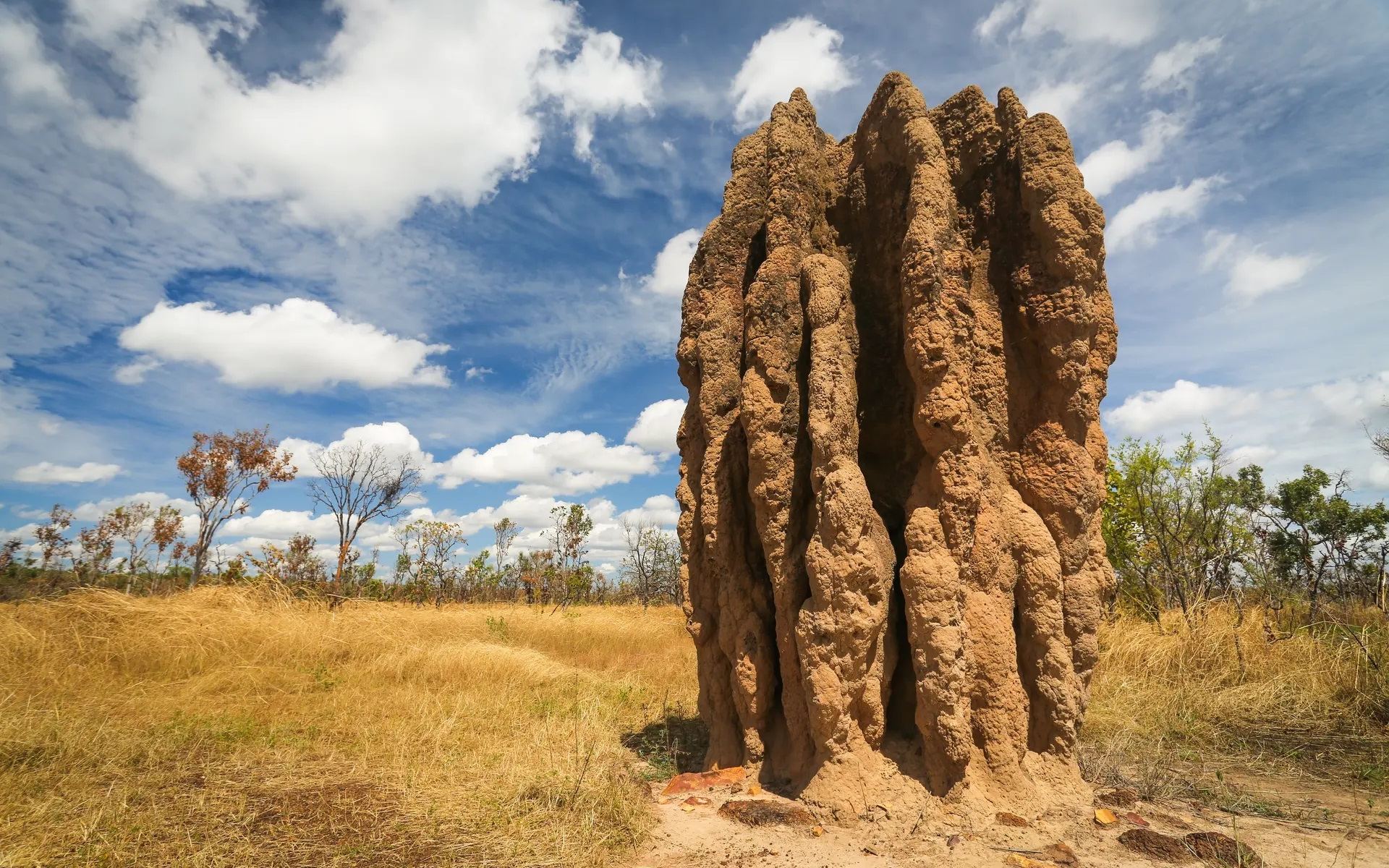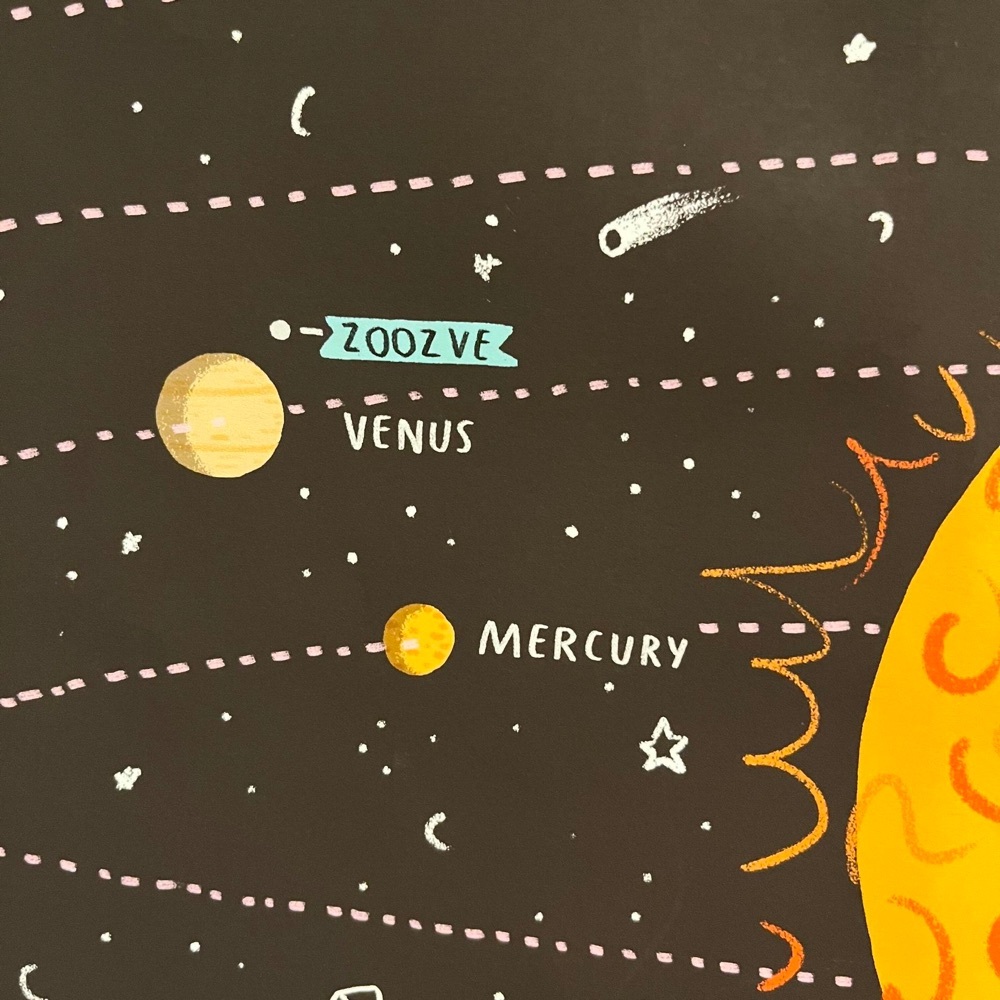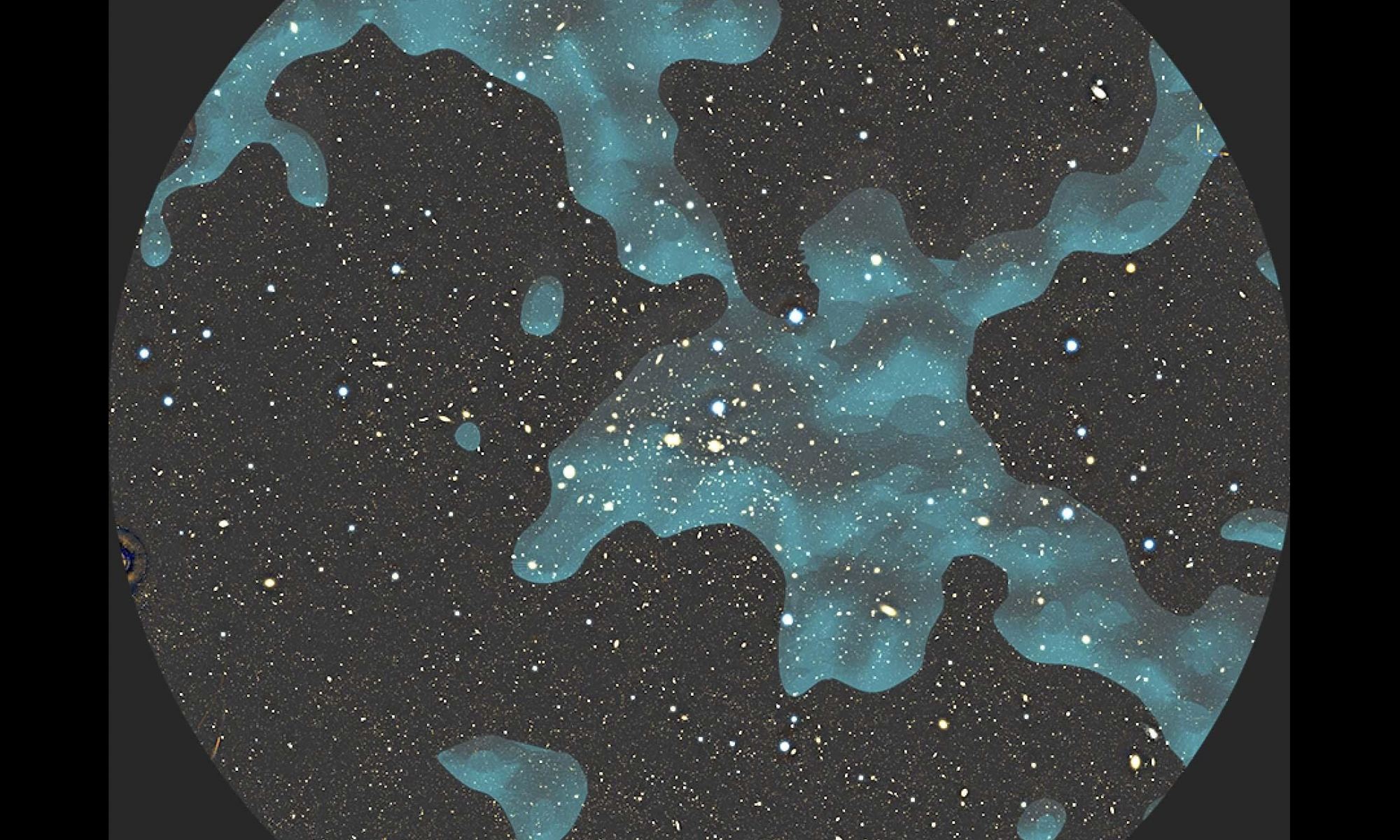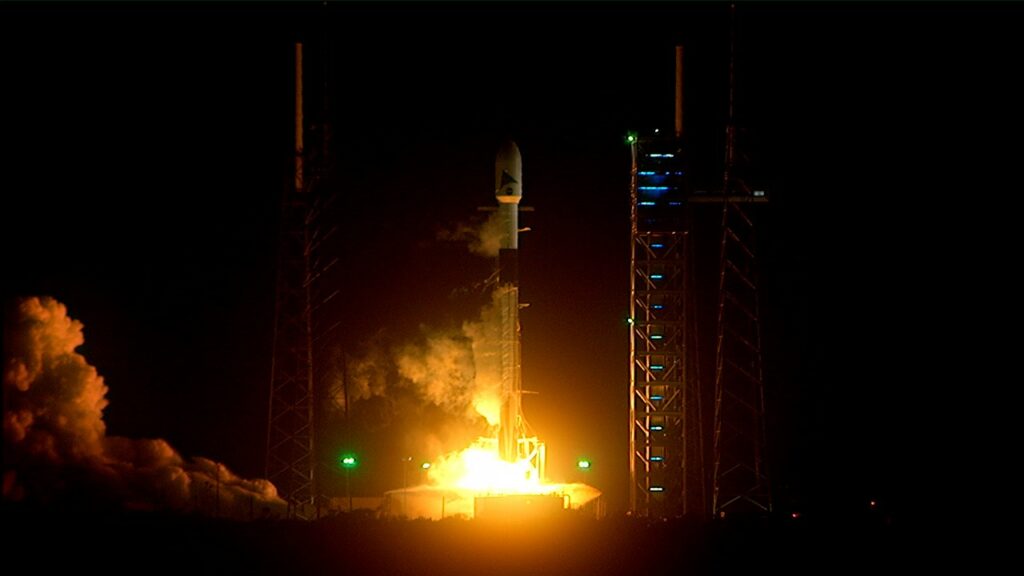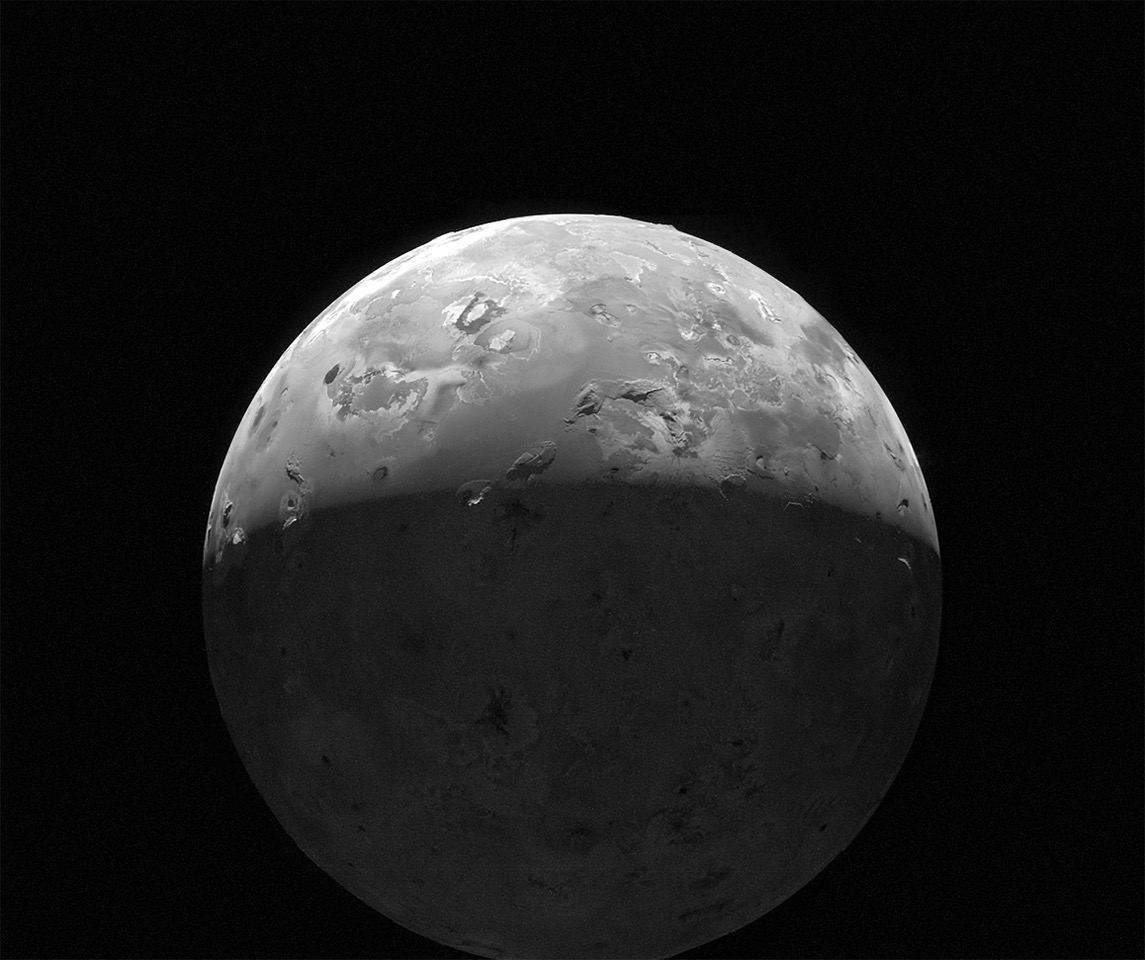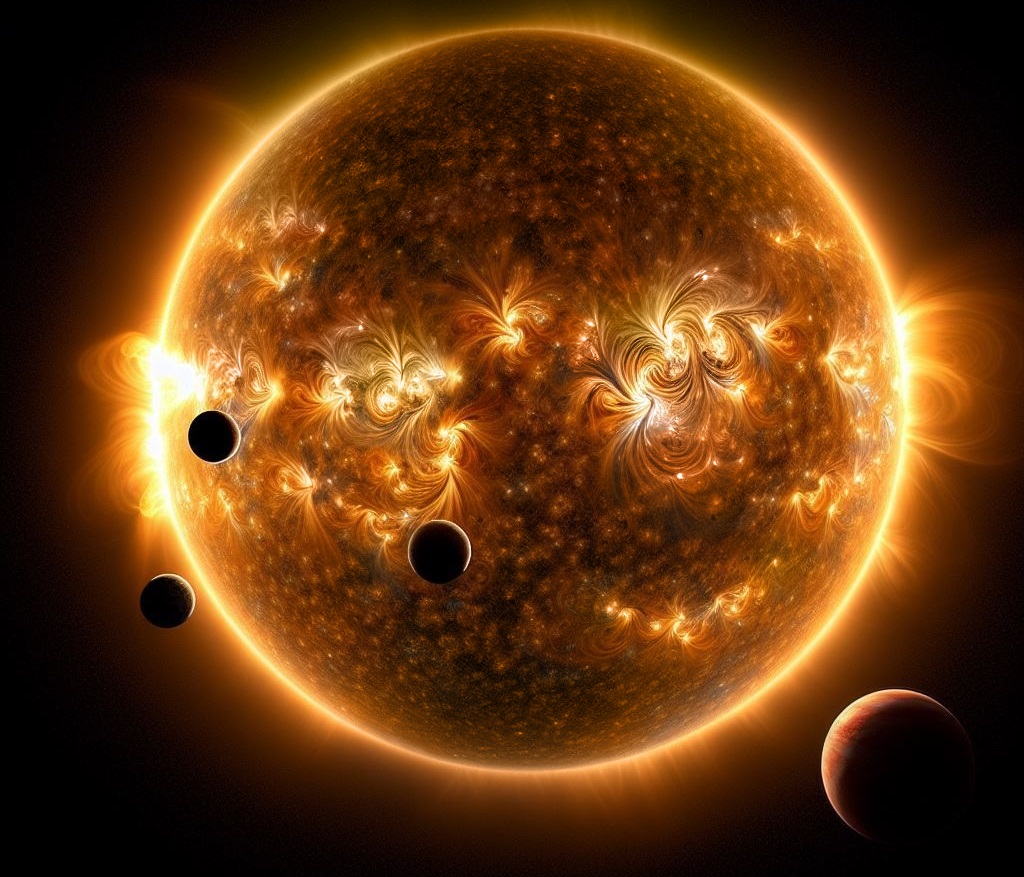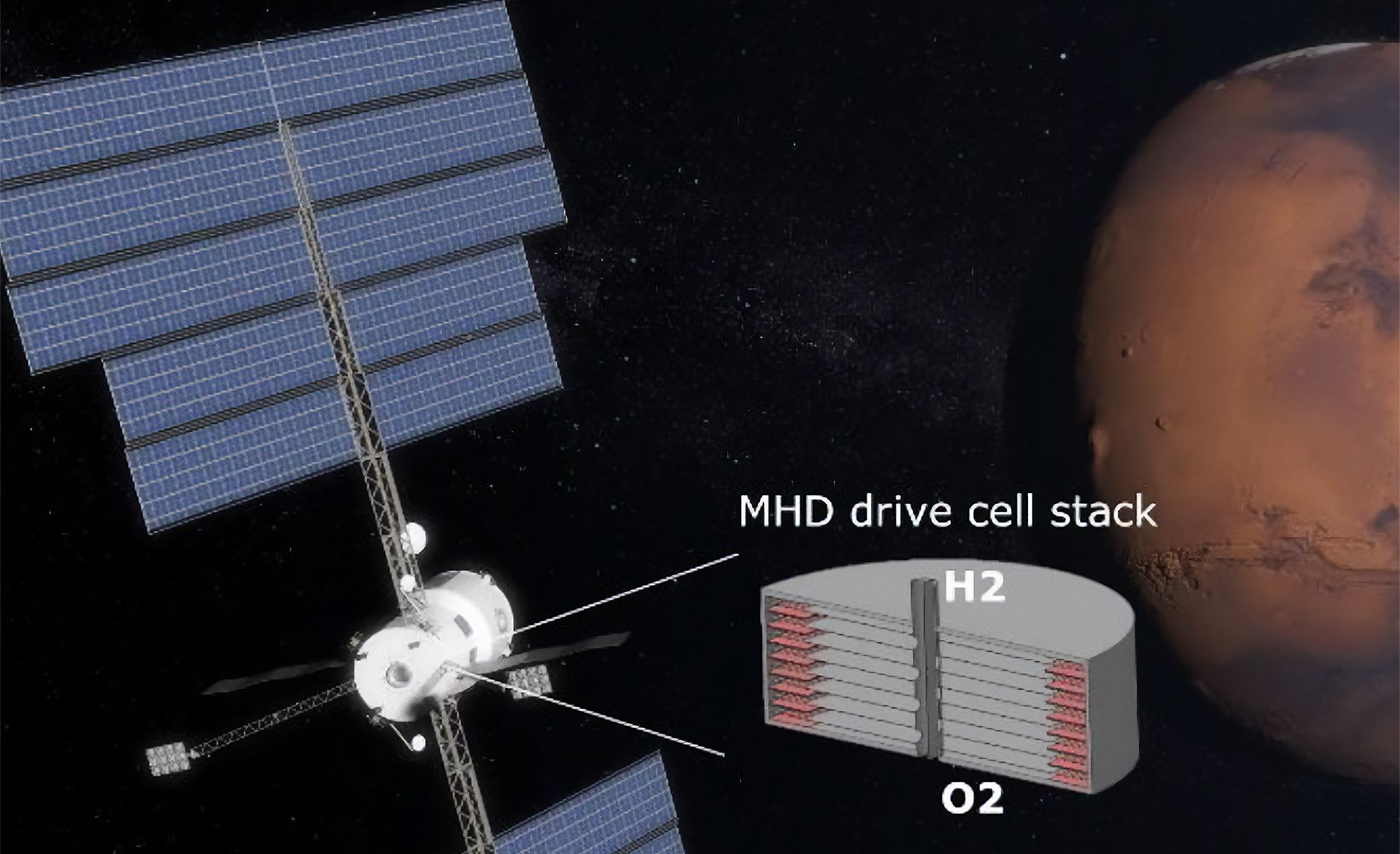Through the Artemis Program, NASA intends to send astronauts back to the Moon for the first time since the Apollo Era. But this time, they intend to stay and establish a lunar base and other infrastructure by the end of the decade that will allow for a “sustained program of lunar exploration and development.” To accomplish this, NASA is enlisting the help of fellow space agencies, commercial partners, and academic institutions to create the necessary mission elements – these range from the launch systems, spacecraft, and human landing systems to the delivery of payloads.
With NASA funding, a team of engineers from the University of Arizona College of Engineering (UA-CE) is developing autonomous robot networks to build sandbag shelters for NASA astronauts on the Moon. The designs are inspired by cathedral termite mounds, which are native to Africa and northern Australia’s desert regions. Their work was the subject of a paper presented at the American Astronautical Society Guidance, Navigation, and Control (AAS GNC) Conference, which took place from February 1st to 7th in Littleton and Breckinridge, Colorado.
Continue reading “Engineers Design Habitats for the Moon Inspired by Terminite Mounds”
